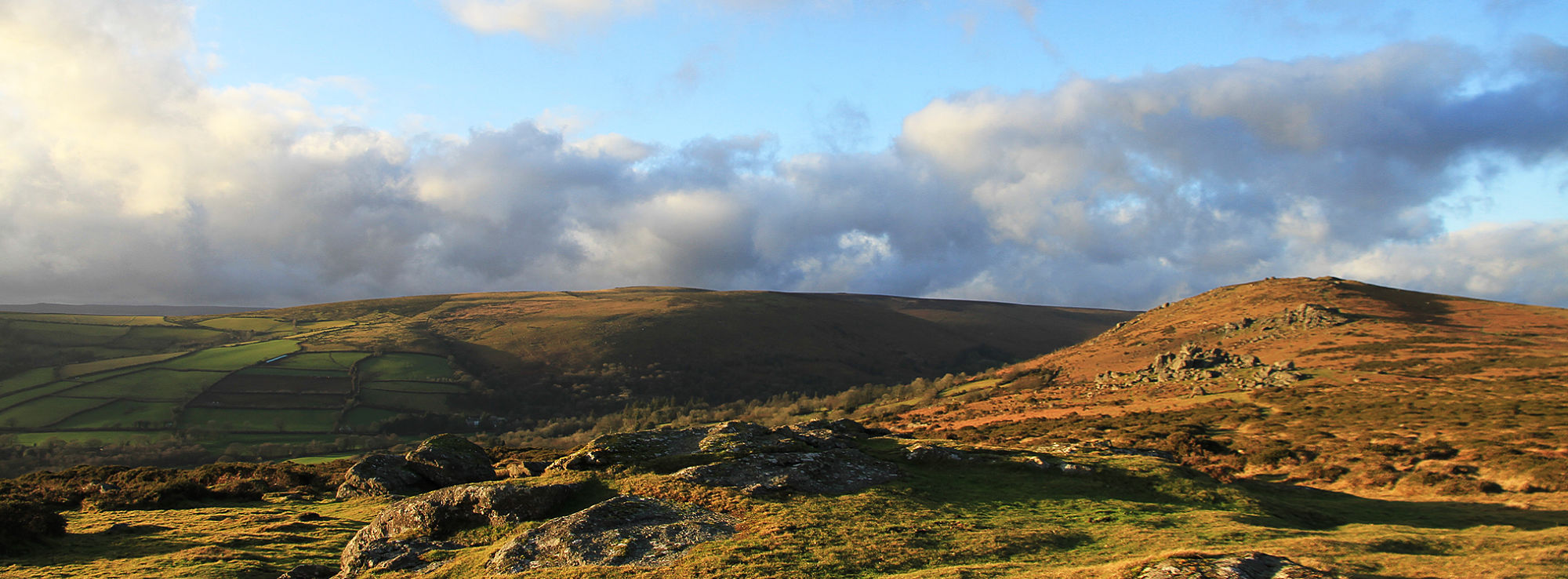| Event Name | Volunteer Task to Clear the Miners' Dry |
|---|---|
| Start Date | 12th Feb 2019 10:00 am |
| End Date | 12th Feb 2019 3:00 pm |
| Duration | 5 hours |
| Description | At Soussons Wood. Meet at car park opposite Warren House Inn Join the DNPA archaeologist and the Forestry Commission to help clear back vegetation around the old Miner’s Dry and mark off important archaeology ahead of planned forestry operations. Work will include the use of bowsaws, loppers and small handtools and knocking in posts. Tools and gloves will be provided. There will be time during the day to learn more about the mining that went on in this area and the impact it has had on the landscape. There will be a 1km/ 15 minute walk to the work site. Please wear suitable clothes for a day on the moor and bring a picnic lunch and drink. For more details and to book your place please email Andy on andy@moorthanmeetstheeye.org |

Related Articles

Our Community Stakeholders’ Group is still on the lookout for members to advise the Moor than meets the eye Landscape Partnership Board of the views of the local community and a variety of user groups in the delivery of the Scheme until the end of 2019. If you feel you have something to offer then please read on…

There are a number of invasive non-native plant species that occur on Dartmoor, of which three species, Japanese Knotweed and Himalayan Balsam and Skunk Cabbage are the most significant. All three species are highly invasive weeds, posing a real threat to the native flora and important habitats on Dartmoor. Japanese Knotweed forms dense thickets but is as yet not covering large areas of valley habitat or occurring on the open moor. Himalayan Balsam however is now covering whole fields, river valleys, and is also now appearing on the open moor. The dense tall thickets have a major impact on nature conservation, archaeology, access and landscape value. Skunk Cabbage is more localised in its distribution, but is now starting to become an issue from high up in the Bovey catchment.

On a beautiful, sunny day in April, members of the Moor Medieval Study Group gathered in Bovey Tracey for an archaeological test pit training event. The day, part of the Moor than meets the eye Moor Medieval project, led by Historic Buildings Officer Keith McKay, took place in a garden in Bovey Tracey, thought to contain the remains of a Medieval building.A test pit is a small-scale archaeological excavation, usually consisting of a 1m by 1m square trench. Groups of test pits are used to sample the range of artefacts present in the topsoil across an area. Each pit is dug methodically in ‘spits’ or layers around 10 cm deep with the finds from each layer being kept separate and carefully recorded. Comparing the results of multiple test pits can indicate the type of archaeology which may lie buried beneath the soil. Programmes of test pits can be combined with historical research or different types of field survey to provide a powerful tool for the investigation of the past enabling archaeologists and historians to understand the development of sites, hone research questions and target future work more effectively. Dr Lee Bray, National Park archaeologist started the day’s training by explaining how to set up a test pit, remove and store turf, and excavate in spits. Due to the large group size, four test pits were opened in various locations around the garden and orchard and digging began in earnest.
Last update: 14 Jan 2019 1:37pm

